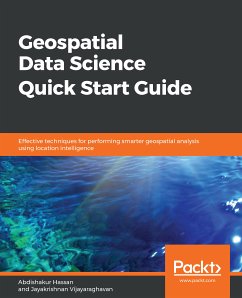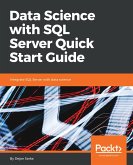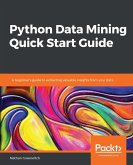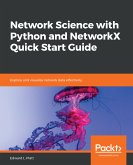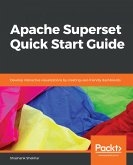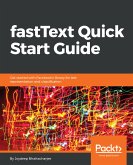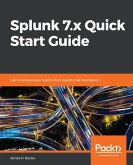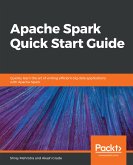Key Features
- Manipulate location-based data and create intelligent geospatial data models
- Build effective location recommendation systems used by popular companies such as Uber
- A hands-on guide to help you consume spatial data and parallelize GIS operations effectively
Book Description
Data scientists, who have access to vast data streams, are a bit myopic when it comes to intrinsic and extrinsic location-based data and are missing out on the intelligence it can provide to their models. This book demonstrates effective techniques for using the power of data science and geospatial intelligence to build effective, intelligent data models that make use of location-based data to give useful predictions and analyses.
This book begins with a quick overview of the fundamentals of location-based data and how techniques such as Exploratory Data Analysis can be applied to it. We then delve into spatial operations such as computing distances, areas, extents, centroids, buffer polygons, intersecting geometries, geocoding, and more, which adds additional context to location data. Moving ahead, you will learn how to quickly build and deploy a geo-fencing system using Python. Lastly, you will learn how to leverage geospatial analysis techniques in popular recommendation systems such as collaborative filtering and location-based recommendations, and more.
By the end of the book, you will be a rockstar when it comes to performing geospatial analysis with ease.
What you will learn
- Learn how companies now use location data
- Set up your Python environment and install Python geospatial packages
- Visualize spatial data as graphs
- Extract geometry from spatial data
- Perform spatial regression from scratch
- Build web applications which dynamically references geospatial data
Who this book is for
Data Scientists who would like to leverage location-based data and want to use location-based intelligence in their data models will find this book useful. This book is also for GIS developers who wish to incorporate data analysis in their projects. Knowledge of Python programming and some basic understanding of data analysis are all you need to get the most out of this book.
Dieser Download kann aus rechtlichen Gründen nur mit Rechnungsadresse in A, B, BG, CY, CZ, D, DK, EW, E, FIN, F, GR, HR, H, IRL, I, LT, L, LR, M, NL, PL, P, R, S, SLO, SK ausgeliefert werden.

